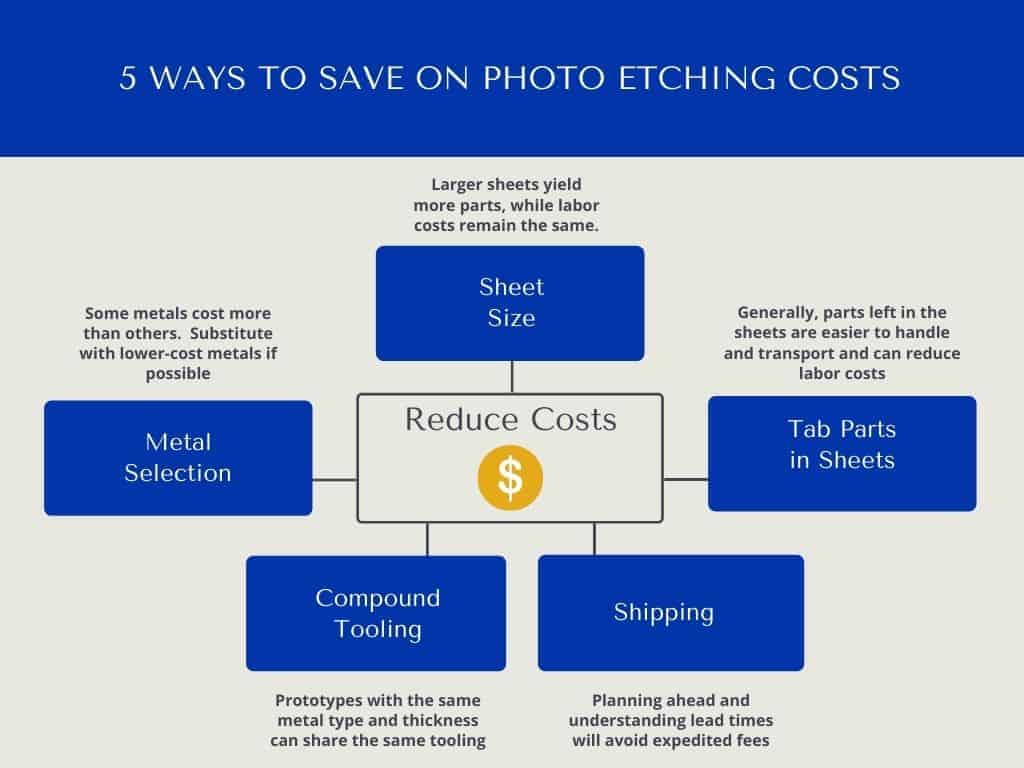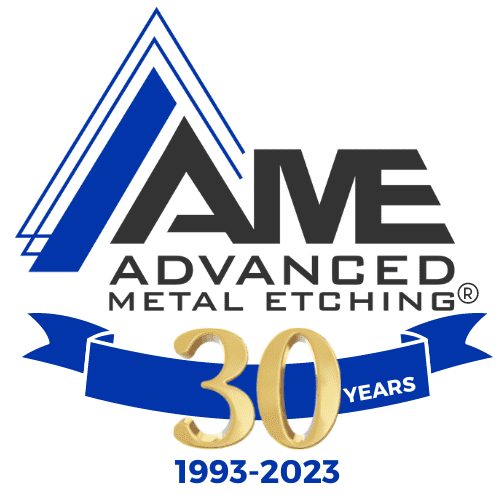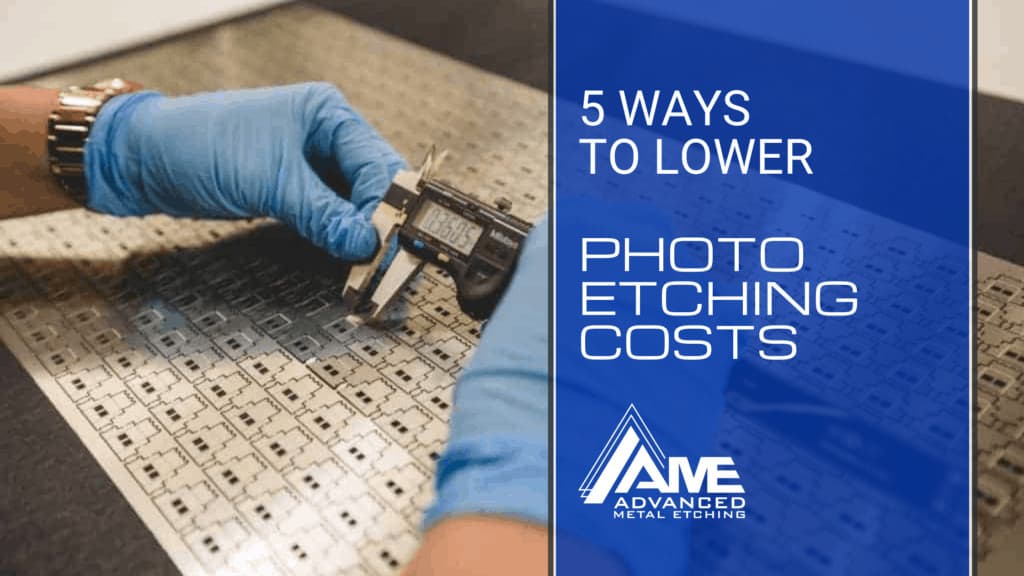5 Ways to Lower Photo Etching Costs
Metal fabrication costs vary depending on the manufacturing processes, materials, and finishing services required.
If your project requires thin metal parts, there are several manufacturing processes to compare and consider, such as photo etching, laser cutting, wire EDM, water jet cutting, and stamping.
It helps to research the methods and capabilities, so you are making the right decision.
For example, wire EDM only works with conductive metals. Laser and water jet cutting can cut thicker metals, and photochemical etching is quicker and more cost-effective for parts with complex and intricate designs. Visit suppliers' website capability pages for a complete list, and resources for a comparison of metal fabrication processes.
If you have decided that photo etching is right for your part, there are some things to consider to keep the costs low.
Sometimes it's choosing the right material, and other times it may be changing the tolerances or thickness of the metal.
The good news is that OEM and EMS companies do have options. It is up to their suppliers' expertise and transparency to provide them with the best advice and manufacturing techniques on how to lower costs without compromising quality.
Choosing the right photo etching company will save money in the end if they are responsive, reliable, and able to meet part requirements.
Those qualities can usually be detected with the initial contact or Request for Quote.
How responsive was the supplier after the first contact email or RFQ? Did you receive timely confirmation of your quote? Was there an acceptable time frame communicated as to when to expect a quote?
Effective communication throughout the entire manufacturing process is essential in gaining credibility and trust. Often, poor customer service from the beginning is a red flag that poor communication may slow the whole process, which can, in turn, cost money with delayed delivery dates.
Suppose design engineers, procurement professionals, project managers, or manufacturing executives are not familiar with the photochemical etching process.
In such a case, it can be challenging to understand how etching metal can affect the part design, dimension, tolerances, or costs.
Here are five tips to help get the best quality precision etched parts at the lowest price.
Metal Selection
Acid etching is useful in a variety of metals. Depending on your industry requirements, your parts may require high electrical or thermal conductivity for electronics use.
Components such as EMI/RFI shielding, terminals, bus bars, contacts, connectors, pins, and lead frames are typically made of copper or copper alloys.
The malleability of these metals makes them easier to form, and they have high corrosion resistance.
Beryllium copper, used in the manufacturing of springs and contacts, is the most expensive copper alloy. Perhaps, switching to a less expensive alloy such as phosphorous bronze, brass, or spring steel will suffice depending on the part's function.
Nickel Silver is a less expensive choice, especially for EMI shielding because it does not require a tin plate overlay for increased solderability, or for protection against corrosion.
Nickel Silver's inherent surface properties will save money in the production of electronic systems where the parts require bonding with other components.
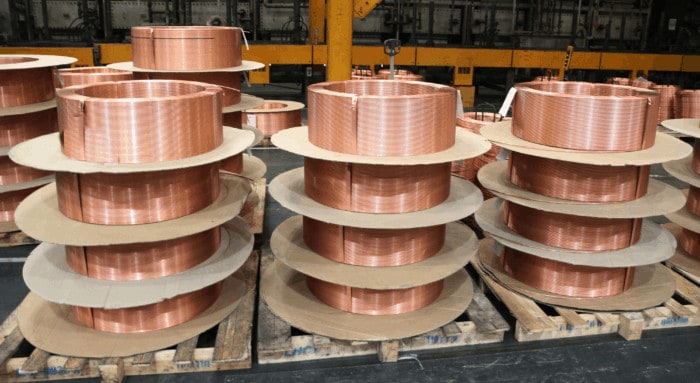
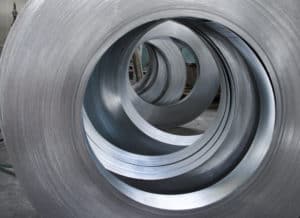
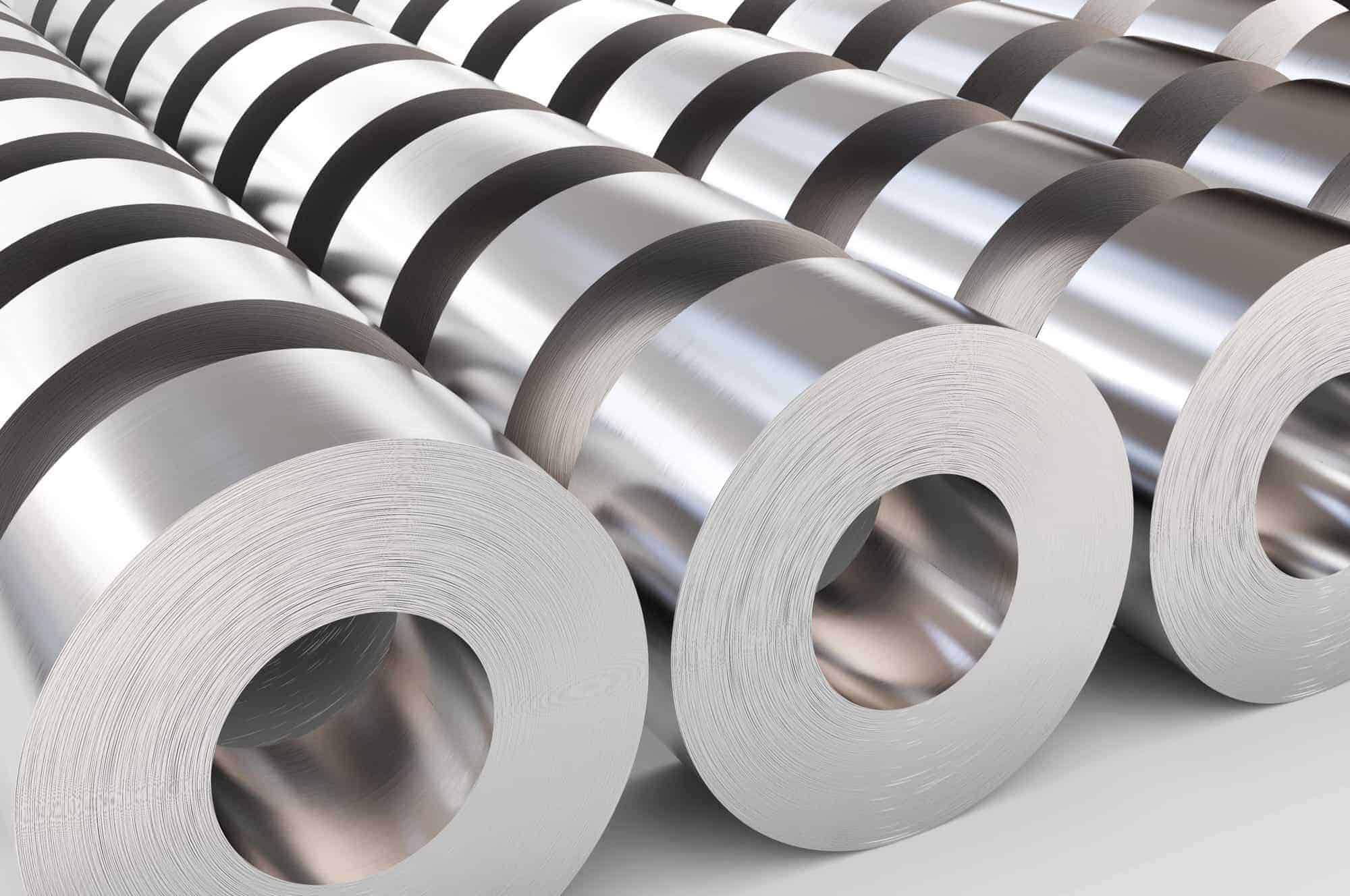
Metal Sheet Size and Thickness
Another cost variable in metal etching is the thickness or gauge of the metal. A thicker or lower gauge metal sheet will etch at a slower rate and can slow down the processing time.
The longer processing time is not always a cost factor as thinner metals are typically more expensive; however, depending on the alloy and sheet size, it could result in higher pricing.
Chemical etching cost fluctuations are determined in part by the amount of labor.
The metal sheet is handled from one process to another in each of the photochemical etching steps: cleaning, laminating, printing, developing, etching, and stripping/drying. Therefore, metal etching costs may be more dependent on how many parts one sheet can yield.
Because all the pieces are etched simultaneously, it is more economical for the tooling film to contain as many part images that will fit one sheet.
If feasible per the part's requirements, it would be most cost-effective if there are fewer sheets to handle.
For this reason, sheet size is also a factor to consider when cutting costs.
Our most common sheet size is 12" x 24". This size will yield more parts than a 12" x 12" sheet. Sometimes larger metal sheets such as 18" X 24" or 24"x 30" will be more challenging to handle and could potentially cause quality issues, depending on the metal thickness.
It is important to note that when designing your part for photo etching, thinner gauge metals typically hold lower-dimensional tolerances.
The table below demonstrates that as the metal thickness increases, the ability to hold tighter tolerances decreases.
| Table 1: Etched Dimension Tolerances | ||||||
|---|---|---|---|---|---|---|
| Thickness (T) in inches | ||||||
| .001" | .002" | .005" | .010" | .015" | .020" | .040" |
| Empirical | ±.0010 | ±.0010 | ±.0015 | ±.0020 | ±.0030 | ±.0050 |
Tooling Costs
Chemical etching is an excellent method for prototyping because the tooling is low in cost compared to other manufacturing processes.
For instance, stamping, another metal fabrication method, requires conventional hard tooling that can be priced in the thousands. In comparison, metal etching tooling film is around $300.
Changes are likely with prototyping and fortunately, photo tooling revisions are half the cost of the original tooling.
Another way for engineers to save on photo etching costs is to request a quote for more than one prototype simultaneously if they require the same metal, thickness, and temper.
The tooling engineer will place two or several different parts on the same tooling (compound tooling) to etch at the same time.
Since there is a minimum setup charge per order, this will save time and money.
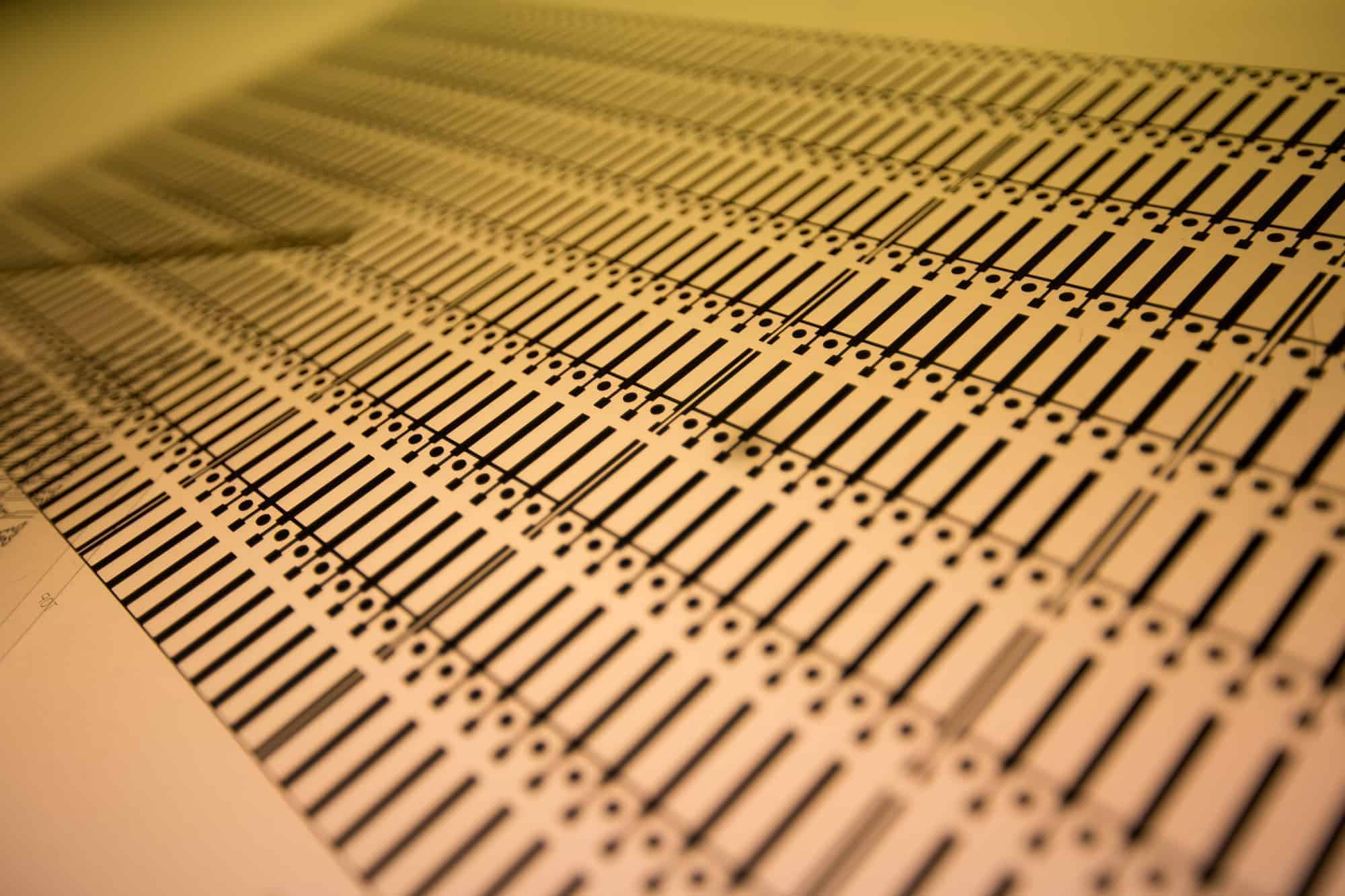
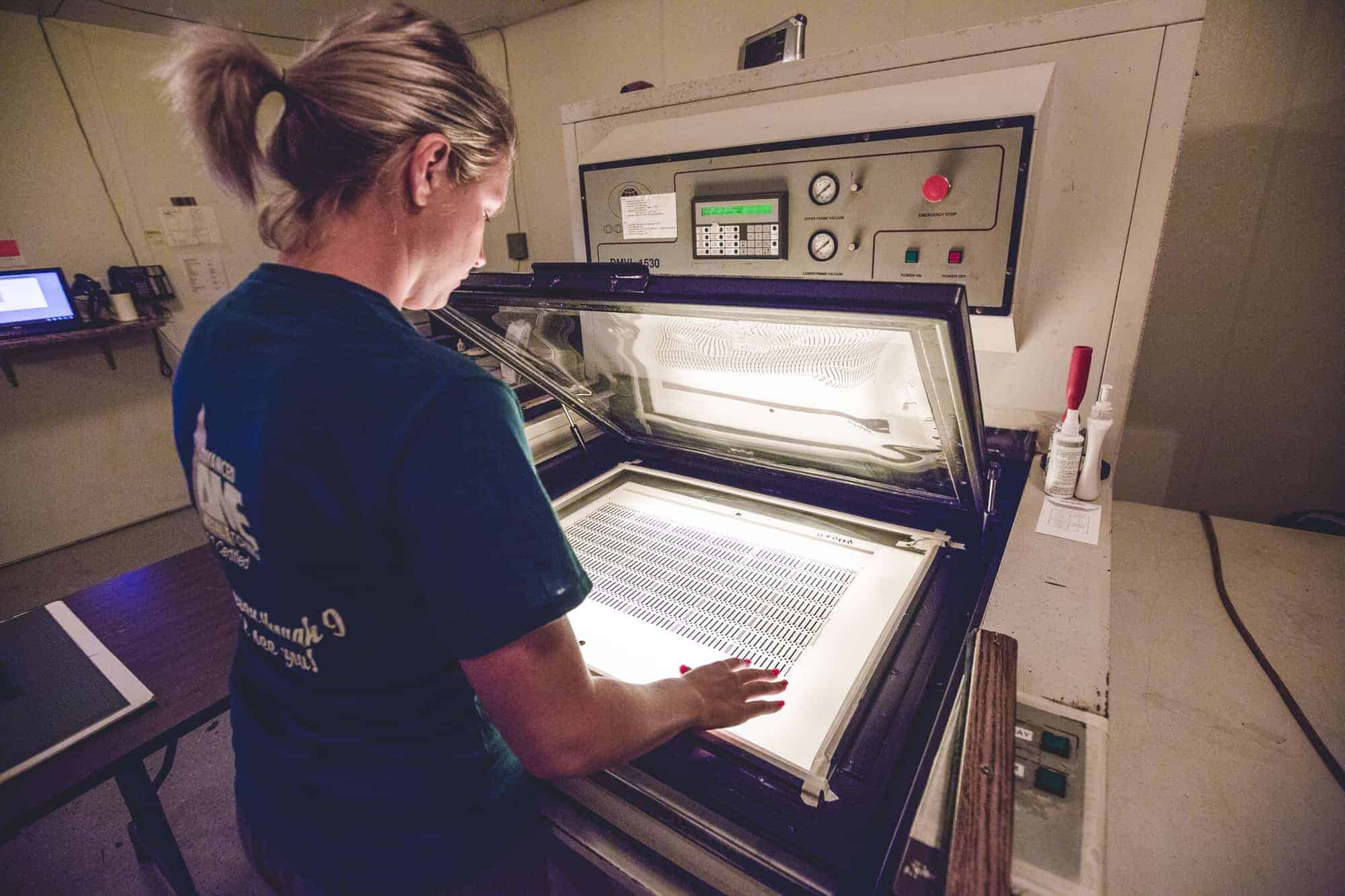
Tab Parts in Metal Sheet
The best way to clean, inspect, and transport parts are by leaving them in the sheets while during and after production. However, this would require adding external or internal tabbing to the tooling so that the parts will stay intact throughout the entire process.
Tabs are no extra cost, and in most cases, are easily removed from the sheet with a simple twist.
Parts like EMI/RFI shielding, flat springs, lead frames, electrical contacts, etc. all usually have some type of a tab.
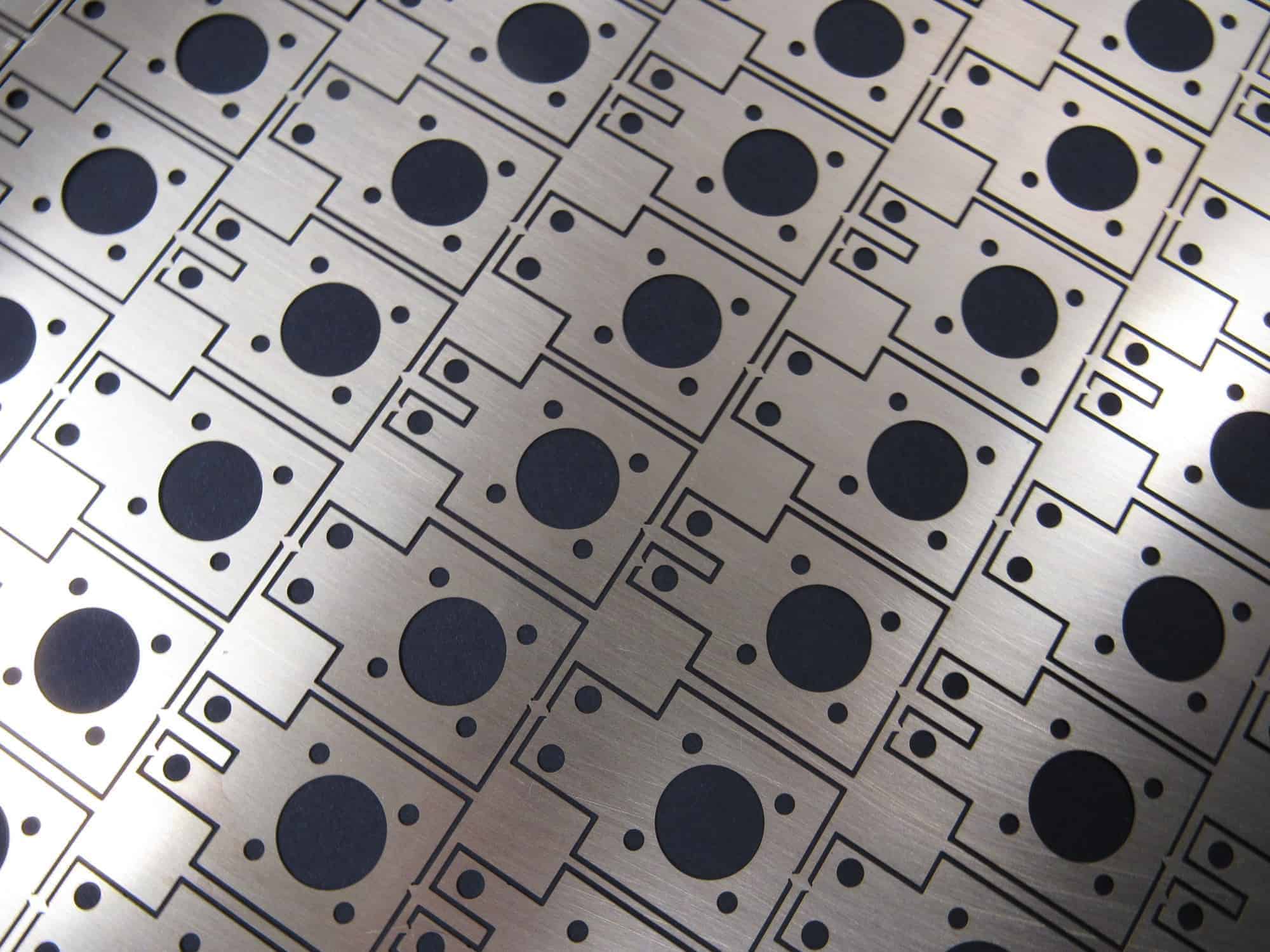
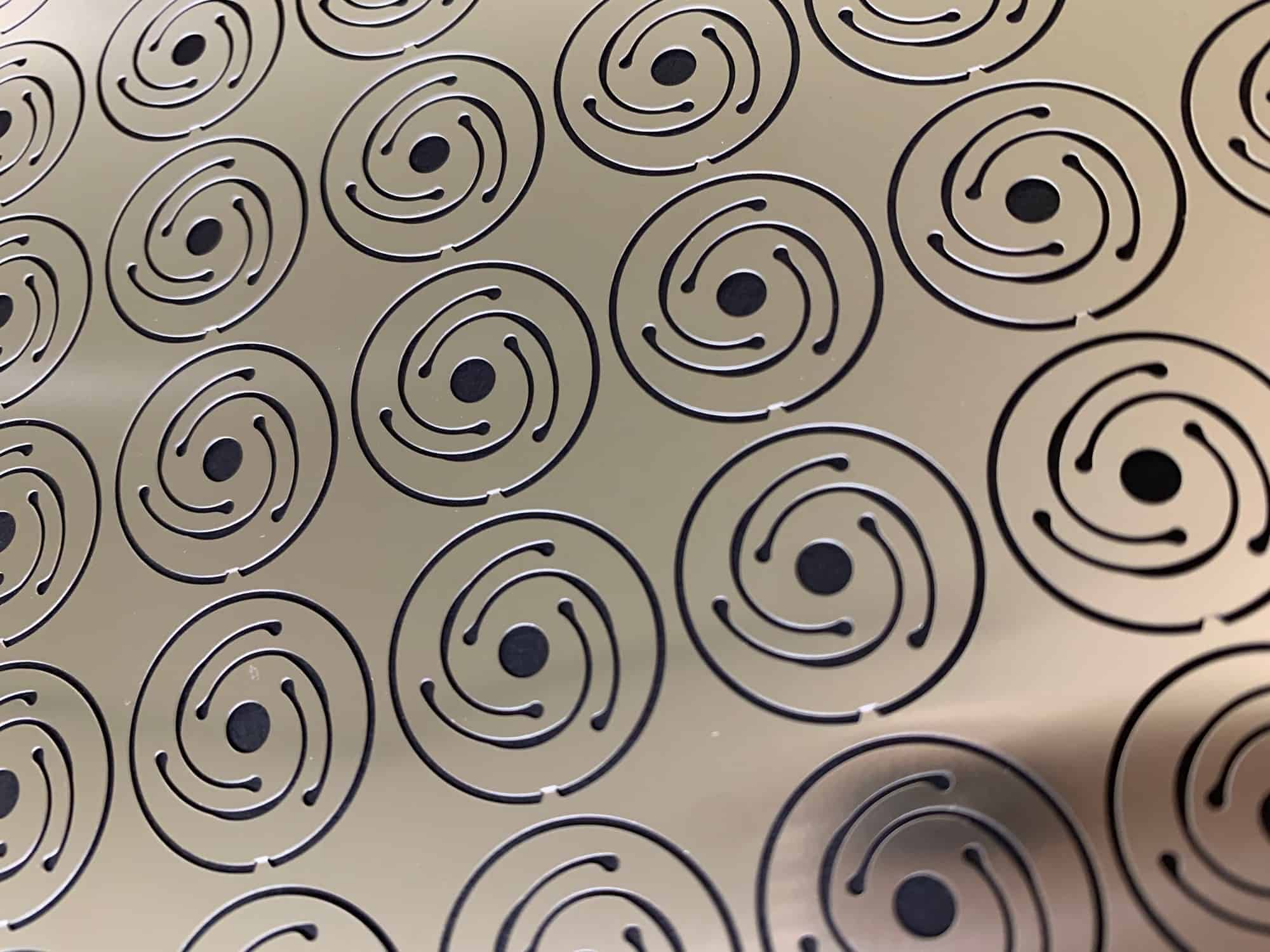
However, there are instances when the tabs will interfere with the part's function and must be etched as "dropouts."
For example, encoder discs, and medical implantable parts, are sometimes requested without tabbing. Thus, the outer diameter must be uniform and smooth.
Depending on the metal thickness, and part features, generally, loose pieces are more labor-intensive as they require more handling time and may incur a slight price increase.

Shipping Costs
It is advantageous for buyers, engineers, and project managers to understand typical photo etching service turnaround times to meet your customer deadlines.
Generally, average lead times range from 7- 10 days but it is dependent on material inventory, and finishing services such as plating or forming.
If your customer needs parts faster, or you need quick prototypes for an upcoming project, then expedited shipping services are necessary and will cost more. In most cases, we can deliver parts in 24 hours for prototypes or small batch orders.
Summary of Cost-Saving Tips
Each manufacturing process calculates costs differently and is dependent on many variables such as dimensional tolerances, material, thickness, temper, and amount of labor and lead times. Each part has different requirements, but generally, if costs can be reduced they will be determined on the five factors below.
